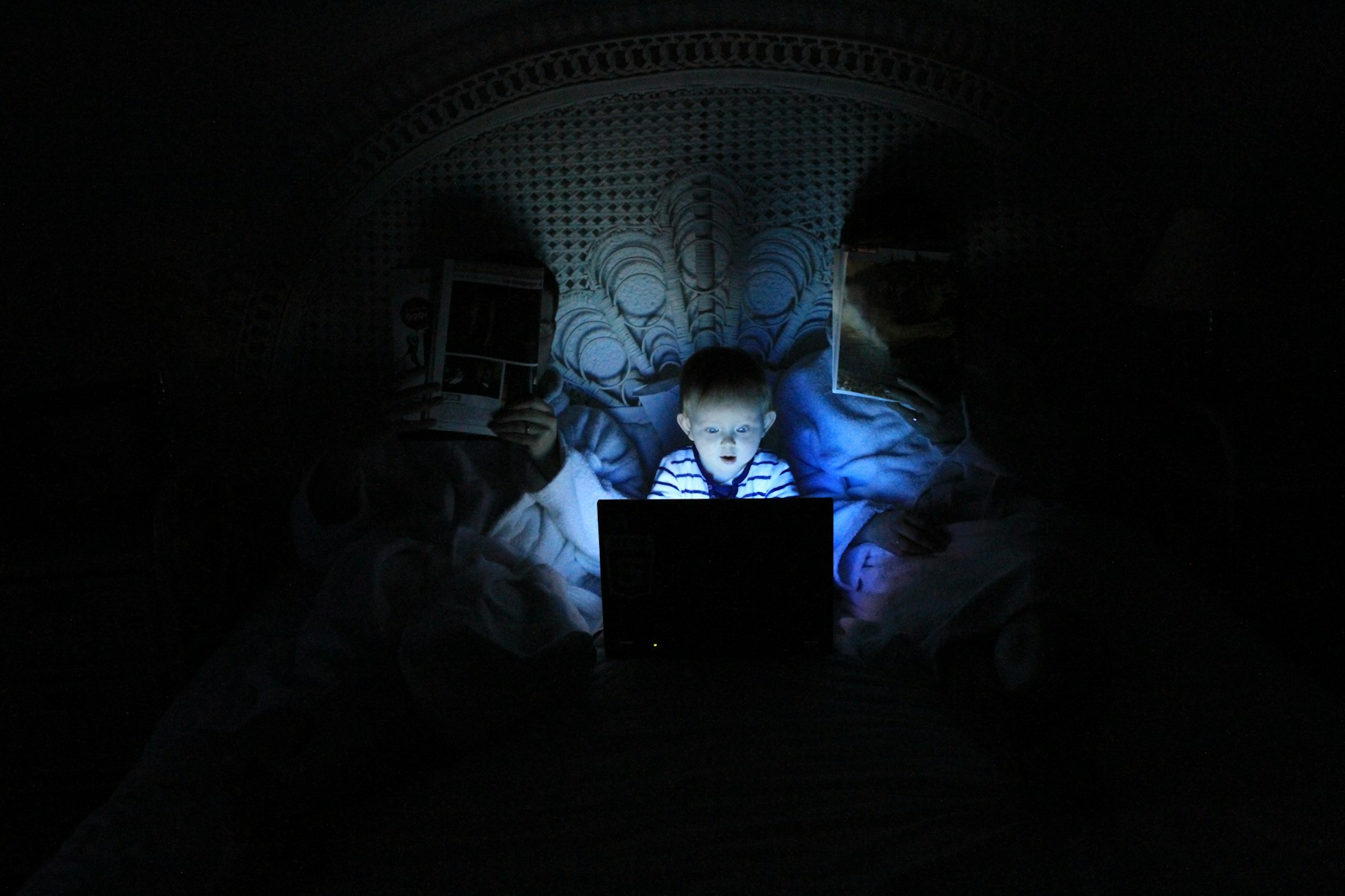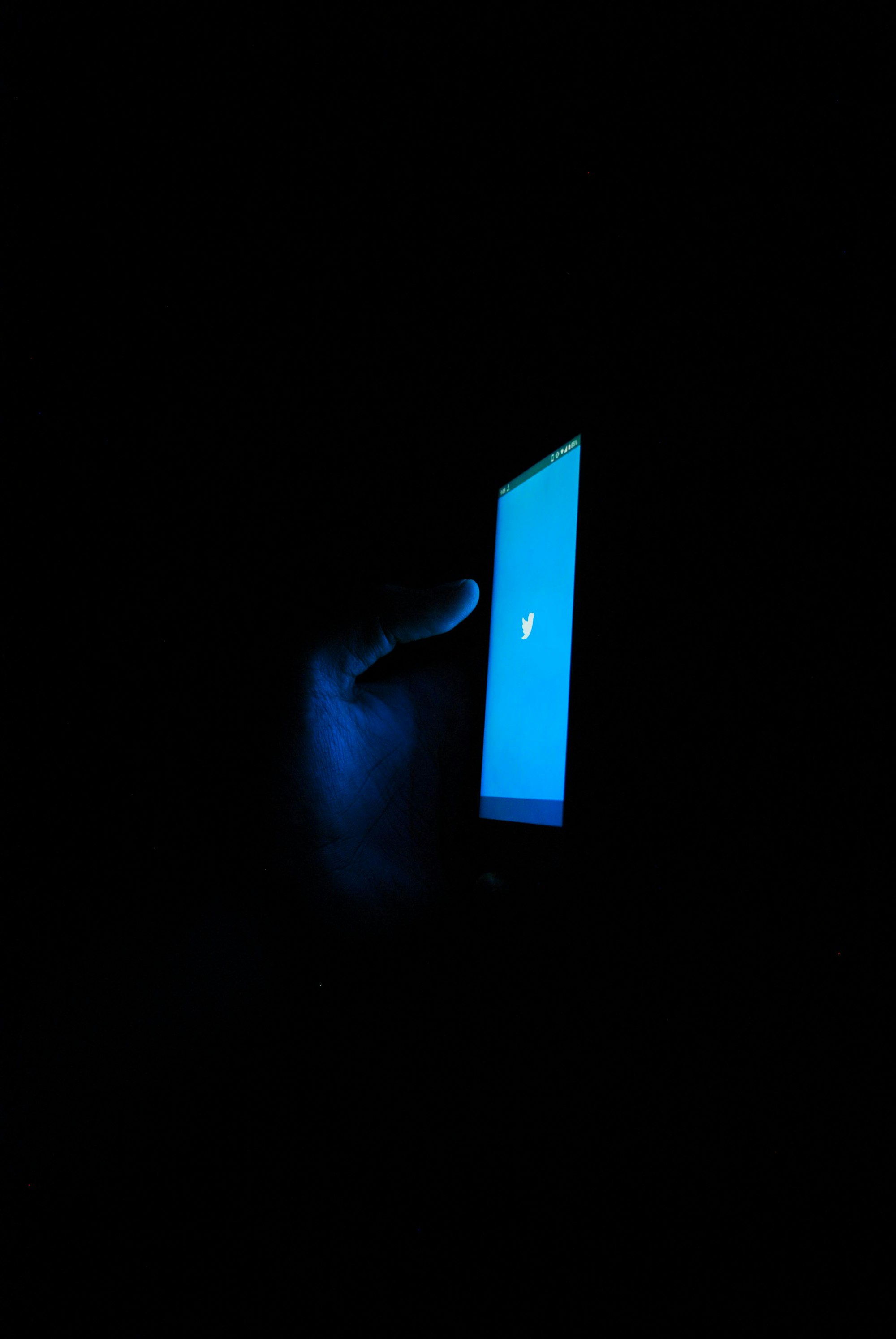Social media’s never-ending presence in our daily lives is too strong for anyone to overlook. Even if you do not have an account on the various platforms that boast millions of followers, you will inevitably hear about the developments and the happenings on them. With such an increase in its role in individuals’ lives, such platforms have also become an important tool for people to comment on others’ behavior, specifically when it comes to celebrities.
The anonymity that we clothe ourselves in in our online presence gives us the opportunity to practice our freedom of speech to its maximum, including in instances where we can, and might, say more than we should. Attacking public figures online has become all the more common, with the aid of the paparazzi and such figures sharing their lives on social platforms. People find themselves entitled to comment on various aspects of public figures’ lives, which could end up harming that figure’s reputation, and sadly, mental health. This is what the law calls ‘defamation’.
A US Perspective:
Although defamation is a complaint common to many areas of the world, the US has been at the forefront of defamation suits, and have laid a foundation for how the world interprets comments and articles directed at those in the public eye. The result, however, is that this very modern problem is dictated by two pre-millenium decisions: The New York Times Standard, and the Communications Decency Act 1995.
Firstly, let’s take a look at the 1964 decision of NYT v. Sullivan. Recently brought back into the spotlight by US Supreme Court Justice Clarence Thomas, the ‘Standard’ clarifies that public figures and officials cannot successfully sue for defamation unless they can prove that the information is false, and made with malice. Unless both of these criteria are fulfilled, there is nothing that the public figure can do in the face of harming criticism and information that might circulate in the media. The case was that of The New York Times v. Sullivan, where NYT was sued for an ad that it ran in 1964 concerning the Civil Rights Movement. The ad was called “Heed Their Rising Voices”, and encouraged people to contribute with donations to defend “Martin Luther King Jr. on perjury charges”. The ad, however, had several minor inaccuracies which were picked up by the Alabama City Safety Commissioner, L.B. Sullivan. Sullivan claimed that the arguments that were made against him and his subordinates constituted libel, and asked NYT to retract the ad, which was a wish that went unfulfilled. In short, the case resulted with one of the biggest libel compensation judgements in history, with the court ruling on 500,000 dollars in damages.
The reason this case was brought back into the spotlight was because Justice Thomas has recently criticised the Standard for being unattainable, as it is almost impossible for a person to prove that false information was published with actual malice. It is said that the “dramatic facts of the underlying dispute” affected the outcome of the case heavily, which resulted in the setting of an unrealistic standard. When looking at the NYT Standard, it is possible to say that it is very unlikely for a celebrity to have a realistic chance at a successful libel suit against someone. How can they ever properly prove that the false information was published with actual malice if they do not know the person? This question becomes all the more important when considering the popularity of social media, as hurtful comments that constitute defamation more often than not come from individuals that are unknown to the celebrity. The Standard continues to limit the availability of defamation as a remedy for those in the spotlight.
A movement fuelled by social media, MeToo, had its moment with the NYT standard as well. One of the biggest reasons for Justice Thomas’ criticism came after the Bill Cosby case, where one of the accusers, Kathrine McKee, was taken to have become a public figure after she “thrusted herself into the public eye” after her public accusation. This barred her from being able to sue Cosby with any chance of success, when he made defamatory statements against her as a result of her rightful accusation, as she couldn’t prove that it was false and done with actual malice. As we take a step away from the subject of celebrities and focus on the categorization of “public figures” in general, people like McKee start to come into the frame. Though the effects of the limitation are definitely harsh on the traditional celebrity, those who have “thrusted” themselves into the public eye also suffer from the high standard of proof that is required by the NYT Standard. This is why Justice Thomas’ criticism was followed by the question; “should there be a more relaxed standard for public officials and figures rather than actual malice”.
However, the issue of unfairness for such figures is compounded when considering the Communications Decency Act 1995, which acts to restrict, rather than relax, the requirements for defamation. When looked at in detail, we can see that Section 230 of the Act bars people from suing providers of an interactive computer service for libel if users post defamatory comments on the platforms. This is because social media companies, such as Facebook, Instagram and Twitter, are not seen as the publisher of such messages, but rather just as a tool for such messages to be published. Hence, the companies do not take responsibility for any of the content on their webpages, unless it violates their Community Guideline. Defamation and libel, however, are not mentioned in such guidelines. When taken into account alongside the NYT Standard, the CDA 1995 eradicates all possibilities of a lawsuit on defamation on the part of public figurest. Though Section 230 is there to protect such companies from lengthy and unfounded lawsuits, as it should, it also overlooks the potential of harm that is prominent on social media, where comments and accusations may circulate unchecked.
The Communications Decency Act might sound familiar if you keep up with the news no more than once a month. The US President Donald Trump has brought the Act up multiple times, underlining his desire to change the law to better suit what he thinks conveyance of information and its legal implications should look like. As the infamous creator of the line “fake news”, Trump was unhappy with this aspect of CDA, however for other reasons. He has expressed multiple times that Section 230 is wrong, and that people should be allowed to sue social media platforms for what users publish on them. He signed an executive order in May, targeting the immunity that is given to such platforms from lawsuits. His aim is to turn the platforms into the publishers of such content, allowing others to sue for defamatory content. The dilemma is this: if this became law, people like Trump could sue Twitter for defamatory tweets aimed at them, with the potential of creating biased and one-sided platforms with no opportunity for constructive criticism and free flow of information, while it would also allow for public celebrities to take down content to protect their reputation and mental health. However, it would also need to be followed by strong guidelines and limitations on how this power should and must be used, drafted by either the government or the platforms themselves.
An important point to keep in mind, as mentioned above, is the “public figure” categorisation. Although the defamation Standard clearly applies to figures like Donald Trump, who has over 85 million followers on twitter, it is important to examine how the law might classify less popular online profiles. The UK’s advertising standards authority has recently ruled that having over 30,000 followers will qualify you as a “public figure”. This ruling immensely expands the range of people that qualify as public figures, making the issue all the more complex and urgent. Though this is a UK ruling and the NYT Standard is of a US Court decision, it nevertheless gives a comprehensive picture of where troubles can arise when it comes to taking matters to court, more often than not rightfully so.
As a final point, although much of this is hypothetical, it is important to recognise that we live in an era where most of us get our news from platforms like Facebook, Instagram and Twitter, and forego the fact-checking process more often than not. This creates major potential for defamatory posts to go viral and affect one’s reputation deeply. I would argue that the lack of protection in the matter, when it comes to libel and defamation, shows a failure from the companies’ perspectives to take into account the depth of their power on people, and society as a whole.
When discussed on paper (or digital, like this article), talking about public figures’ mental health does not seem that important to some. However, we need to realise the hundreds of examples around us which clearly show just how dire the situation is. To see the devastating effects of such limitations in real life, we can turn to the example of Britney Spears. Known for her infamous public mental breakdown in 2007, which has been made into a very insensitive joke, it is well-known that the media has always harassed the superstar, forcing her to the edge of mental illness. Why wasn’t Britney, like many other celebrities, able to take legal action against all the defamatory comments that were being made about her in the tabloids? Back then, magazines and newspapers were filled with news about her divorce and how she took care of her children, whose custody she was fighting to take. All that talk about her very personal life, alongside all the harsh criticism that was floating around, caused Britney to “lose it” in the end. Sadly, this is not a one-off example. Though her breakdown caused her situation to gain more fame due to it being very public, the situation with the media and defamation has not seen much improvement. Recent years have seen similar incidents, from the legal action currently ongoing between Meghan Markle and the British Tabloids, to the tragic death of Love Island’s Caroline Flack.
In short, we can see that the law still has a lot of catching up to do with our modern times’ potential for harm. The current American laws and standards that are in place do very little to protect those that could suffer the most: celebrities and public figures. The loose guidelines that circle the “public figure” categorisation is a headache on its own when we look at the NYT Standard. Alongside that, the pre-dated Communications Decency Act acts as a bar to providing a safe and respectful environment online, giving social media companies too much power with too little responsibility. It is without a doubt that the law that governs tools of the 21st century are not fit to do so, and should be revisited in accordance with Justice Thomas’ remarks.







